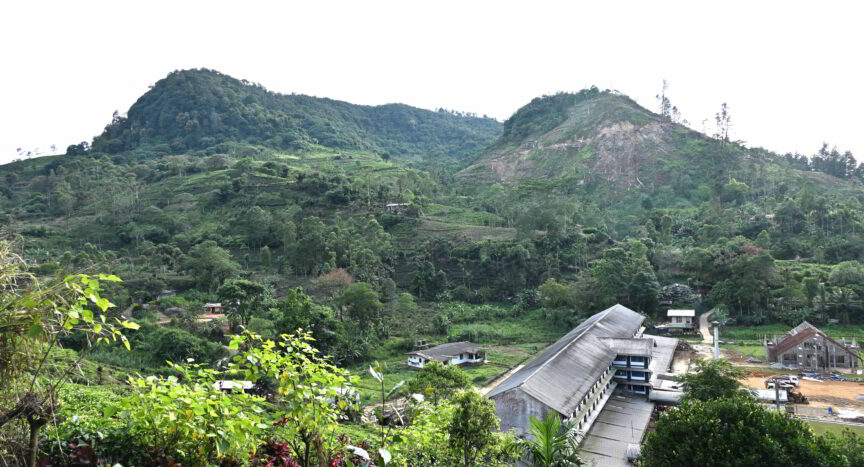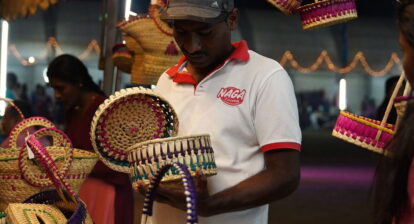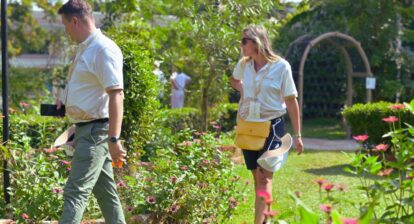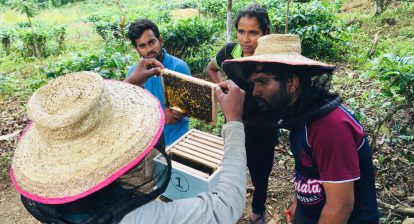When we think of rich biodiversity, dense rainforests or untouched national parks come to mind. Managed landscapes like tea estates are often seen as monocultures – neat rows of tea bushes with little life in between. But our recent biodiversity assessment at the Windsor Forest Estate reveals a more nuanced story.
When nature is integrated and biodiversity is supported, even cultivated landscapes can serve as important refuges for countless species — showing that agricultural land doesn’t have to be barren to be productive.
Windsor Forest Estate is a Dilmah estate in Sri Lanka, known for its high-quality, mid-grown Ceylon tea. It’s a garden mark for the Galamuduna Estate, located 22 kilometers from Nawalapitiya. The estate’s name is derived from an unusual rock at the top of a hill. It’s also said to be the 7th tea factory to be registered in Ceylon.
Conducted by Dilmah Conservation with an expert team led by Conservation Biologist, Mr. Rukmal Ratnayake to support possible upcoming eco-tourism initiatives in the area, this study has offered vital insights for conservation, habitat restoration, and long-term sustainability.
Biodiversity Hidden in Plain Sight
The assessment recorded a remarkable 407 species of fauna, including 277 vertebrates and 130 invertebrates. That’s a number many might not expect from a region associated with tea cultivation. Birds made up 122 species, but what’s truly astonishing is the diversity that lies beneath the surface – beyond the branches and the bird calls.
This includes, 40 amphibians, 6 species of fish, 60 reptiles, 48 mammals, 88 butterflies, 28 odonates (dragonflies and damselflies), and 14 moths.
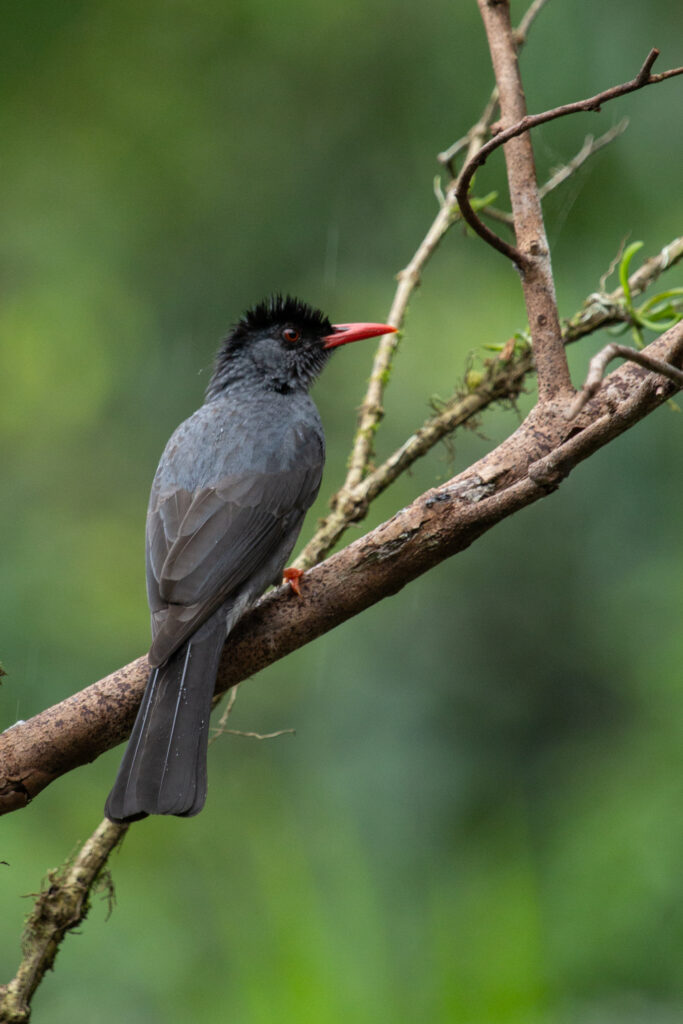
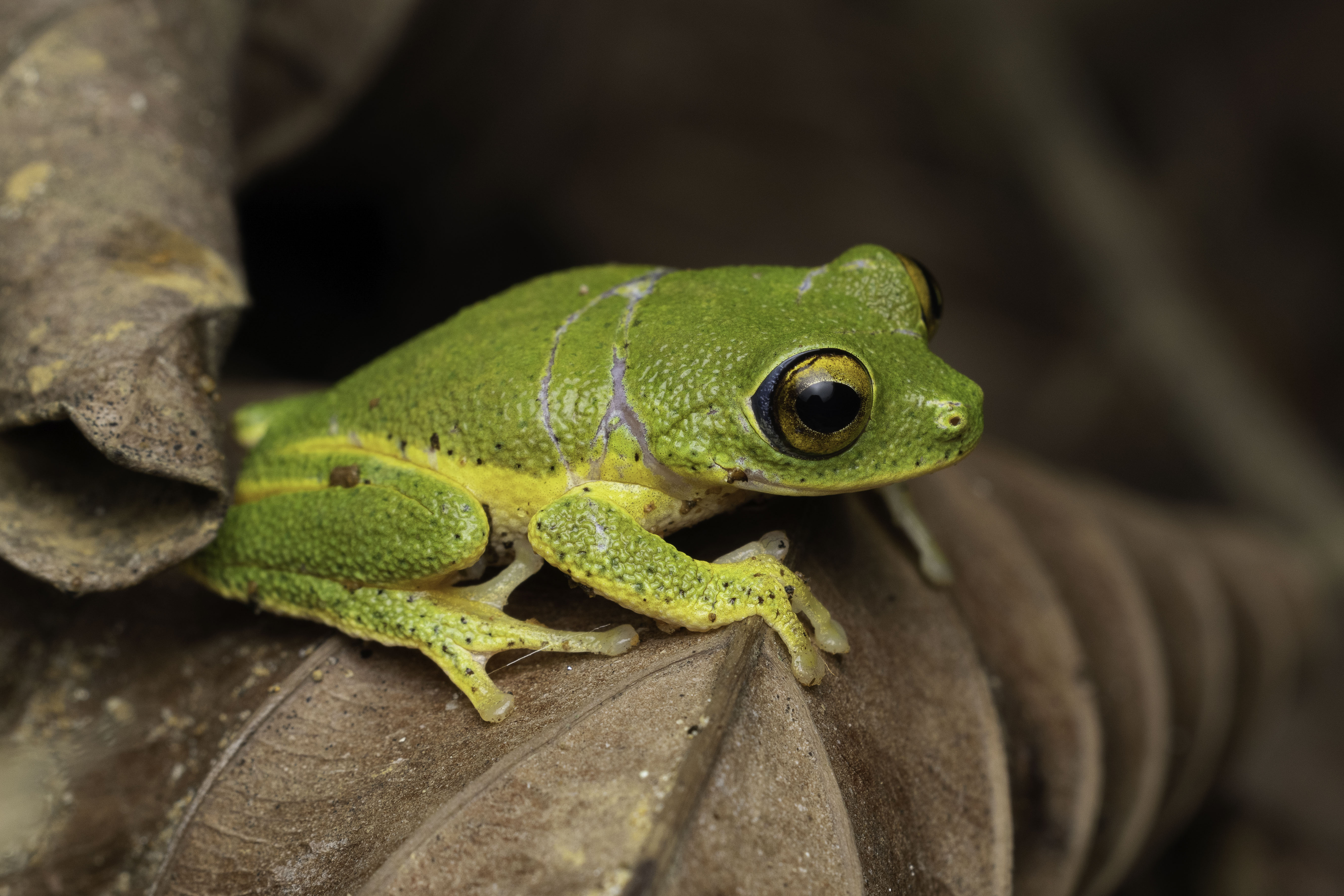
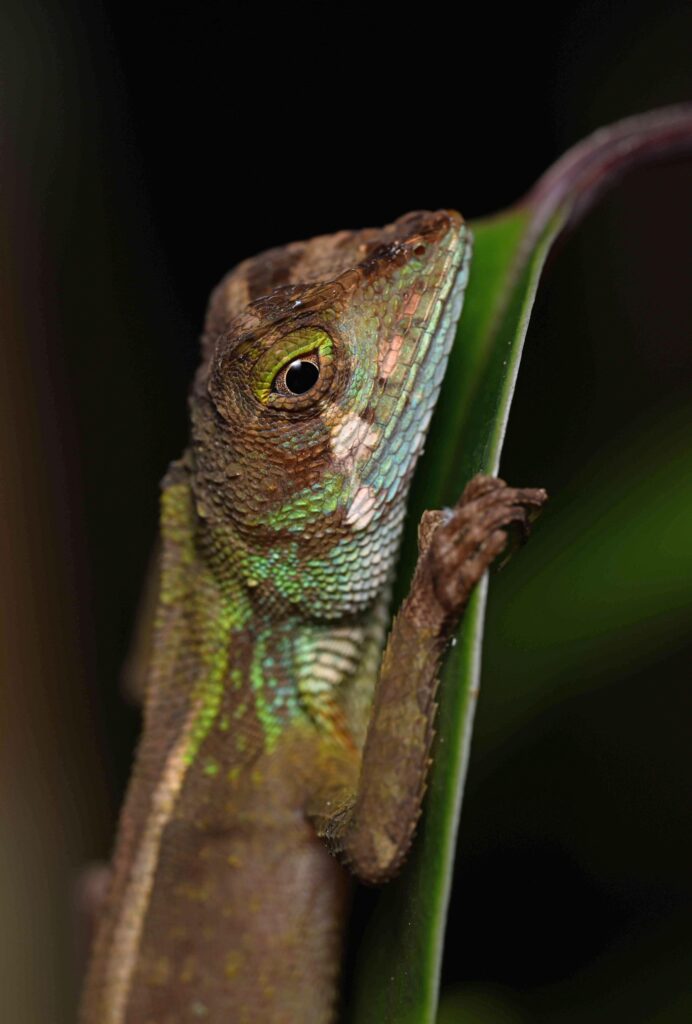
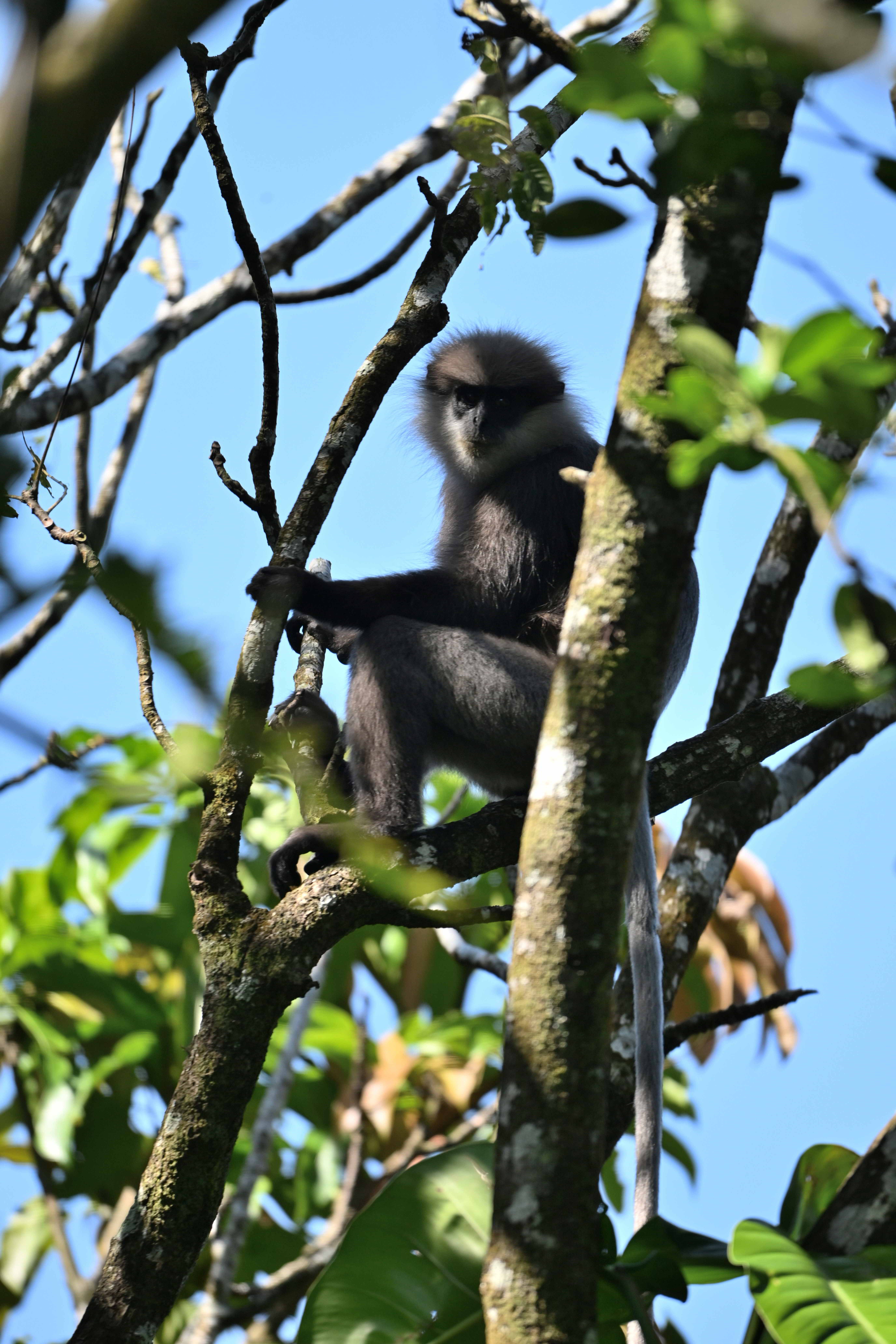
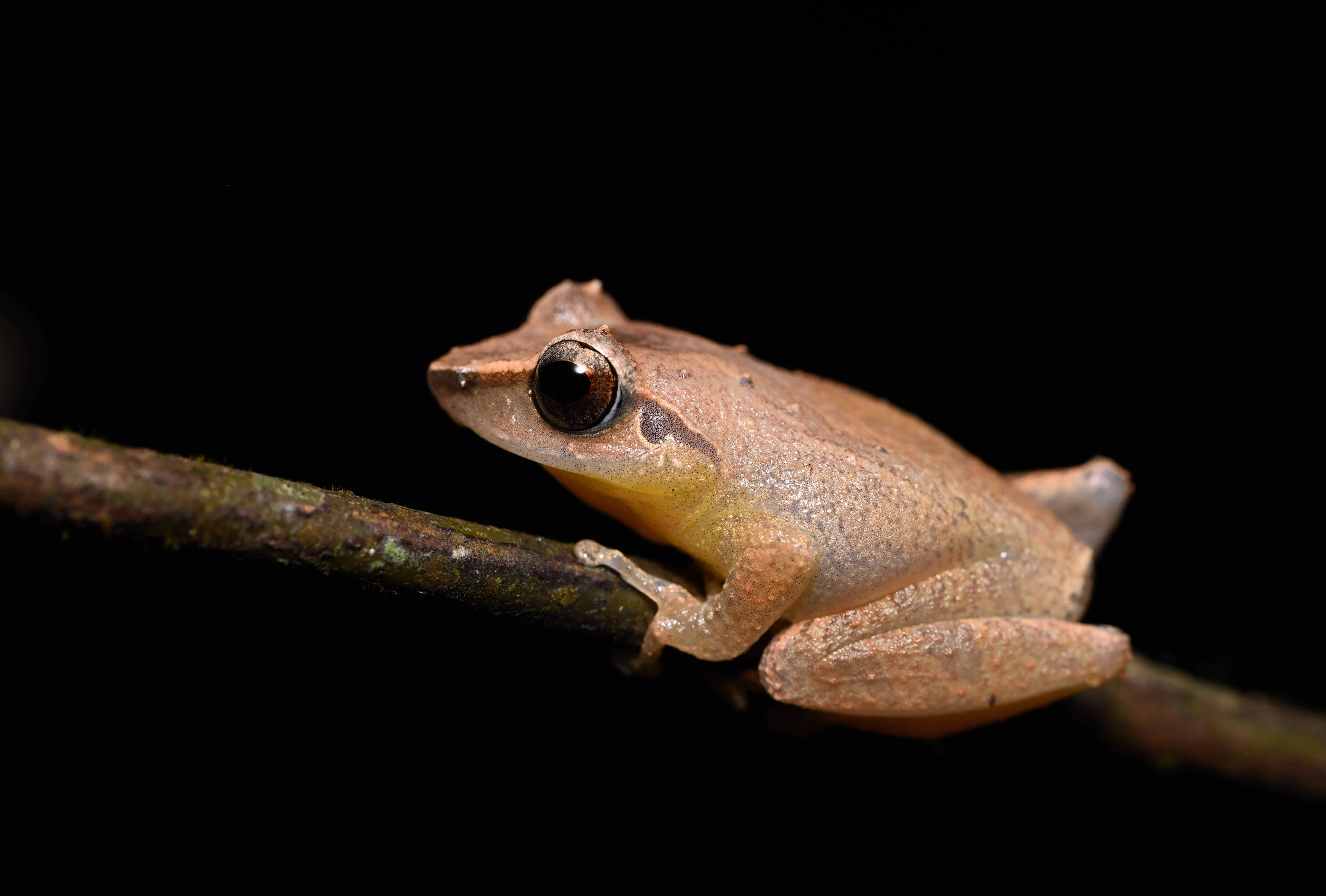
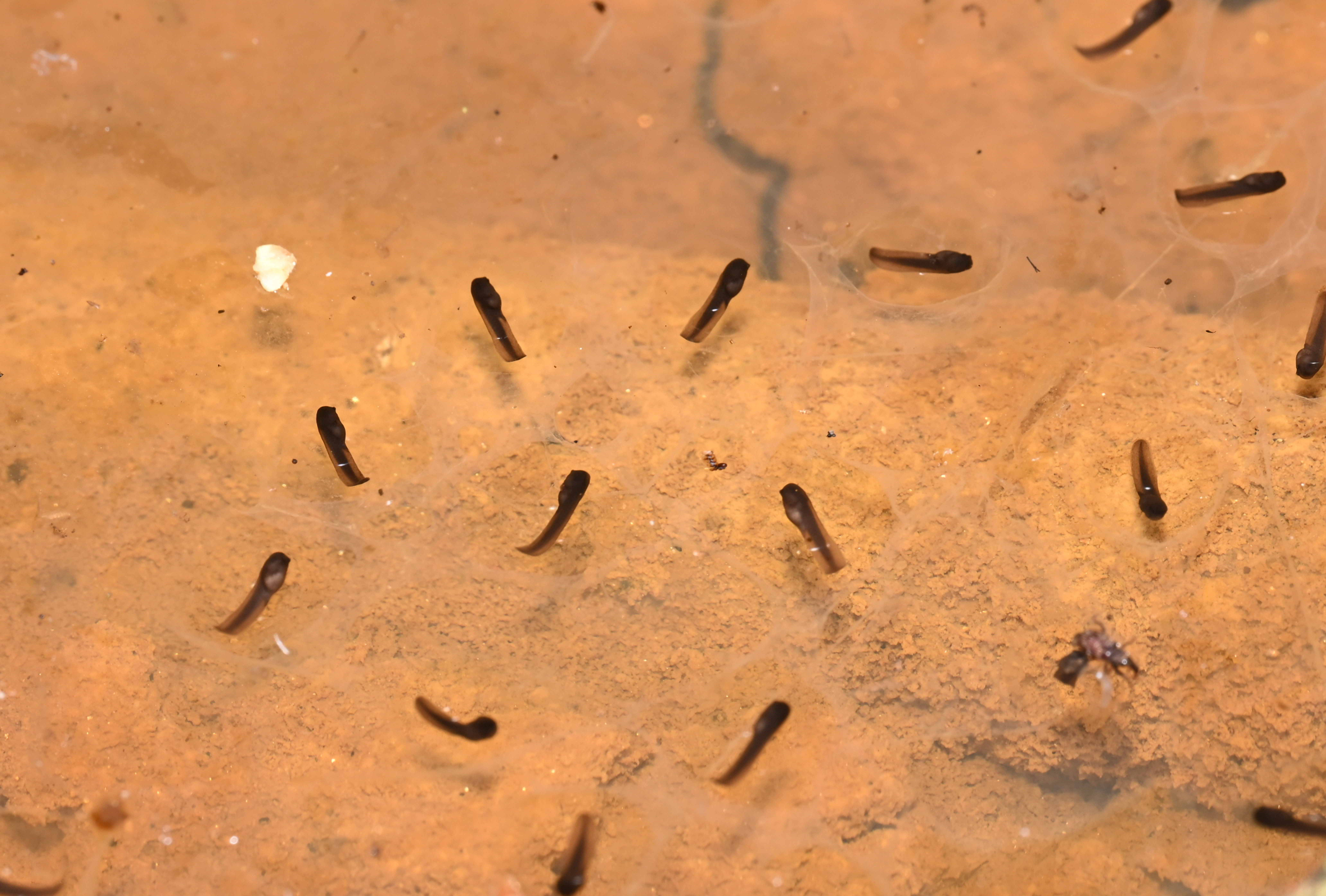
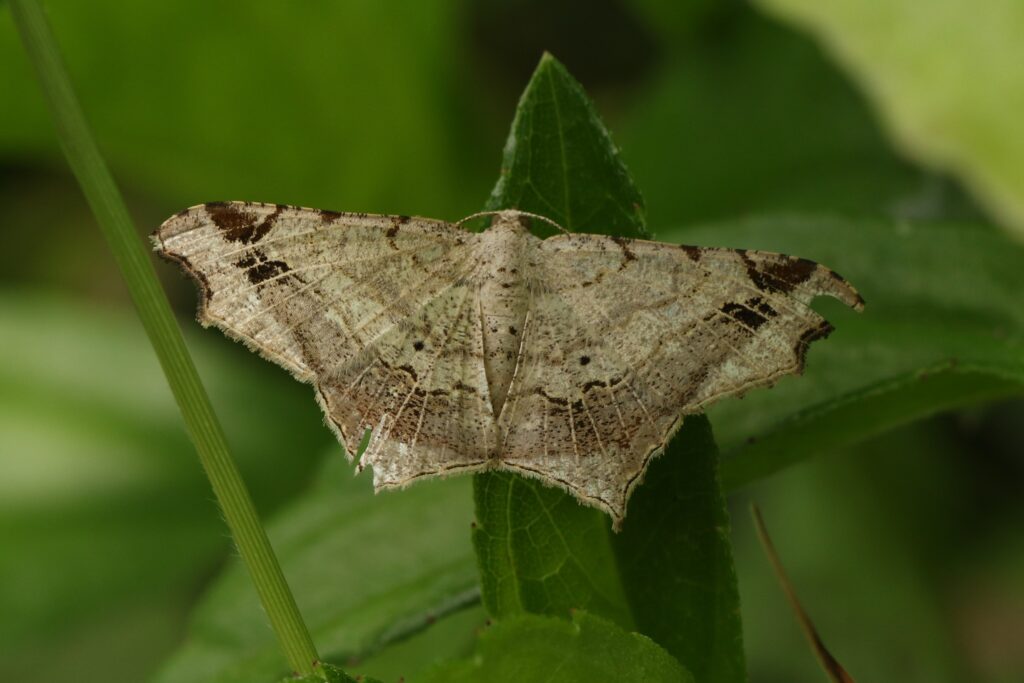
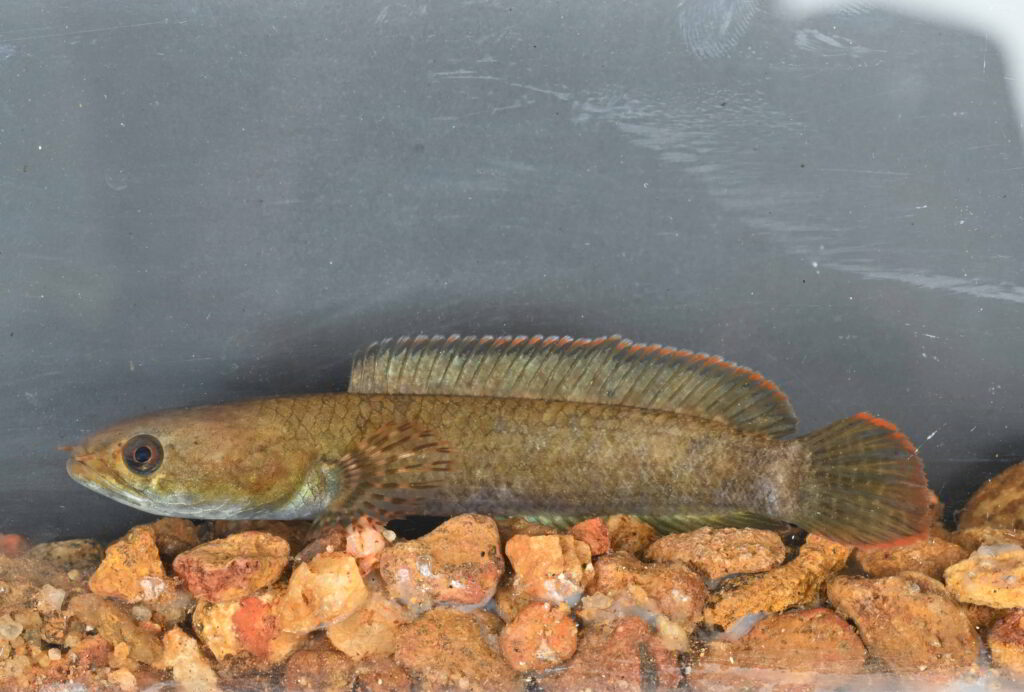
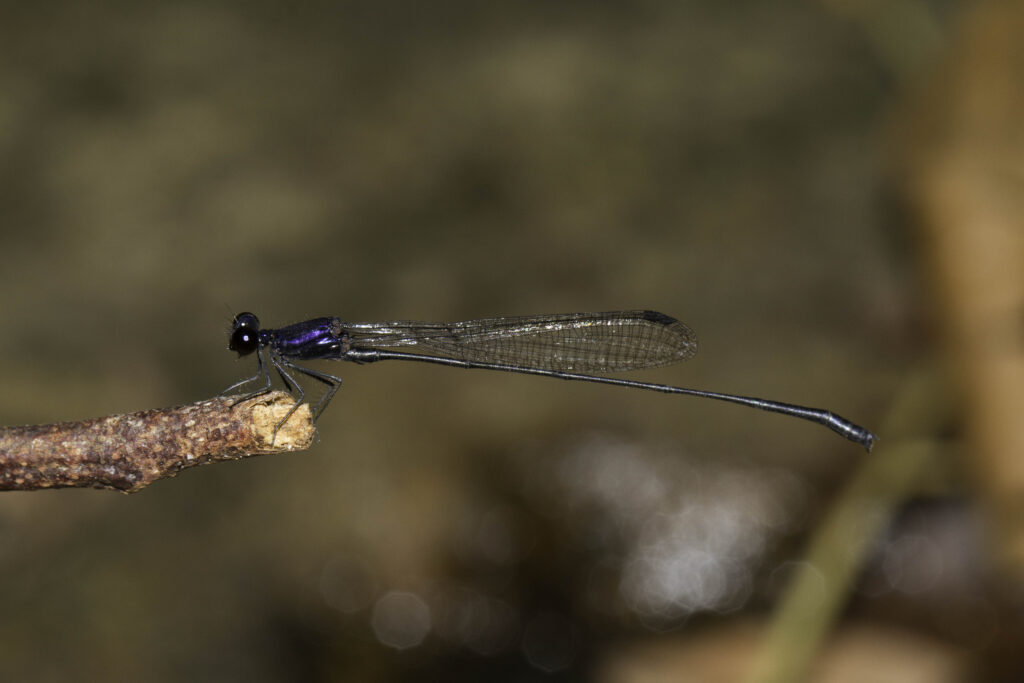
Their presence in and around Windsor Forest shows that managed lands can be vibrant ecosystems if approached with care and vision.
Endemic Richness
Sri Lanka is known for its high rate of endemism, and this site is no exception:
- 140 species were endemic, found nowhere else on Earth.
- 229 were native, deeply tied to the local ecology.
- The rest included introduced, migrant, and even one recorded invasive species, showing just how interconnected and dynamic this system is.
The floral diversity also stood out, with 273 species of flowering plants, including 84 endemics.

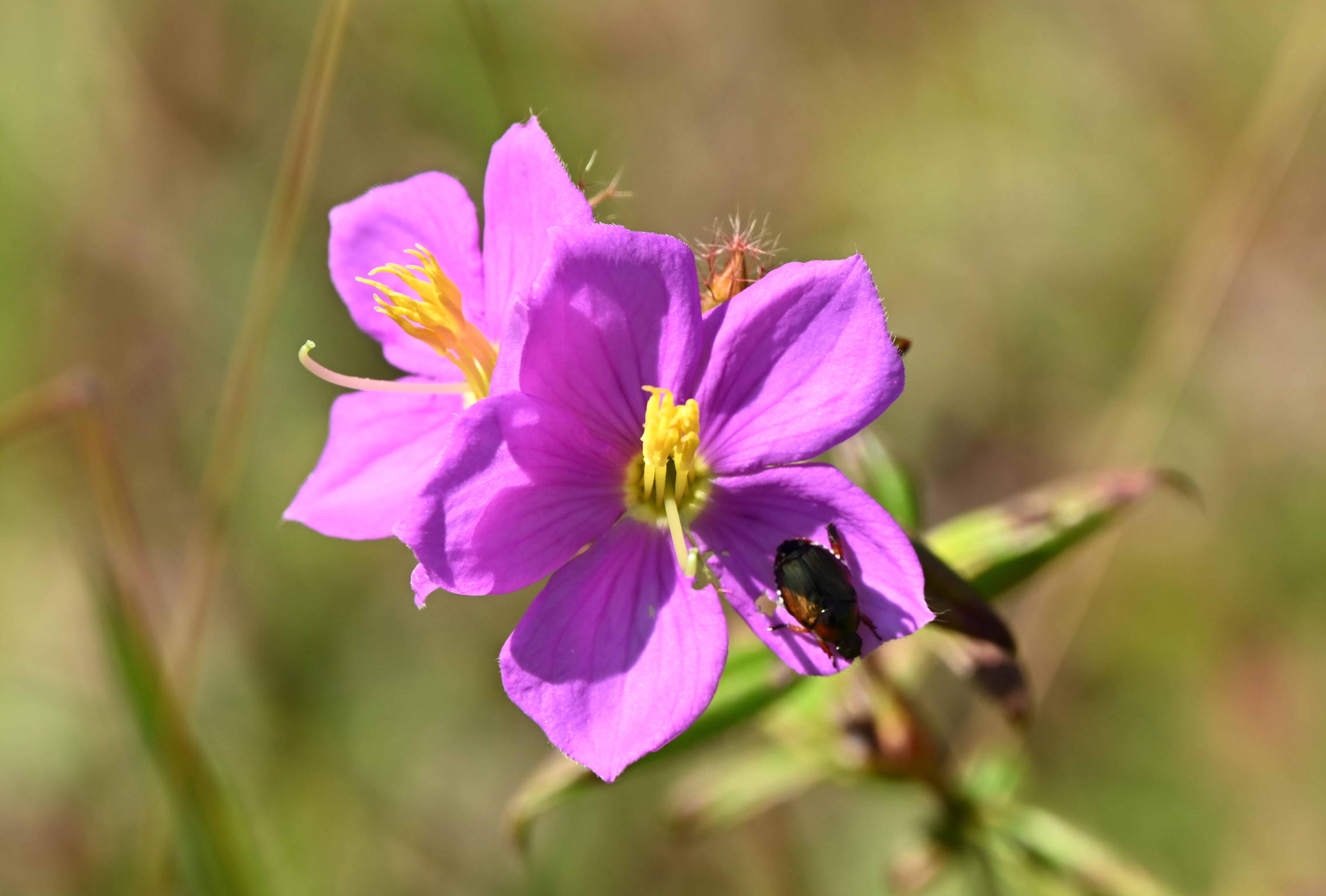
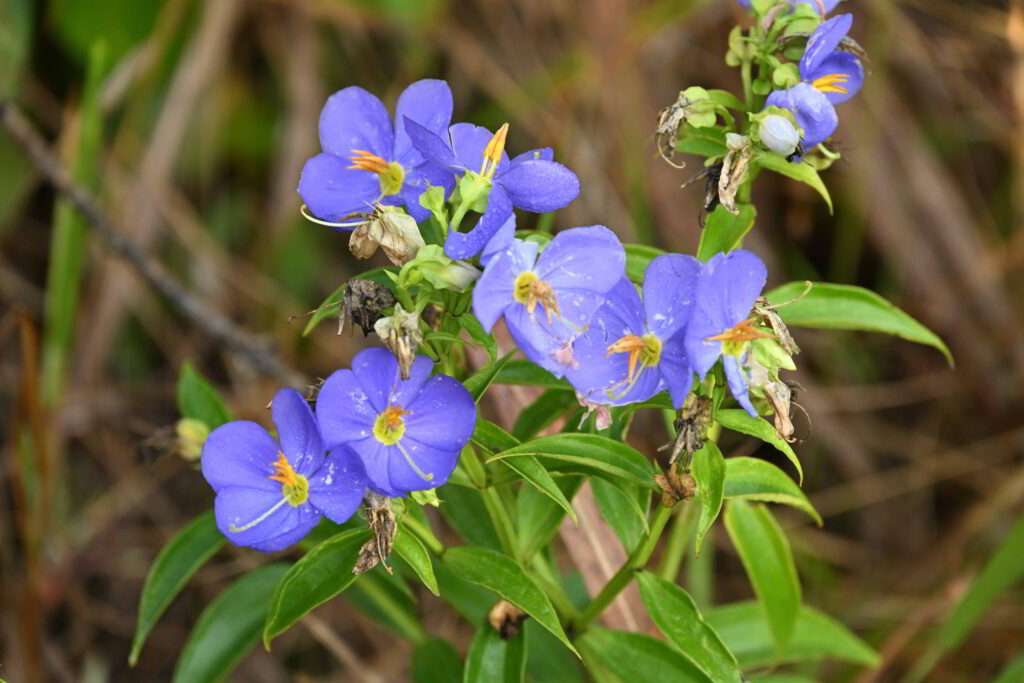


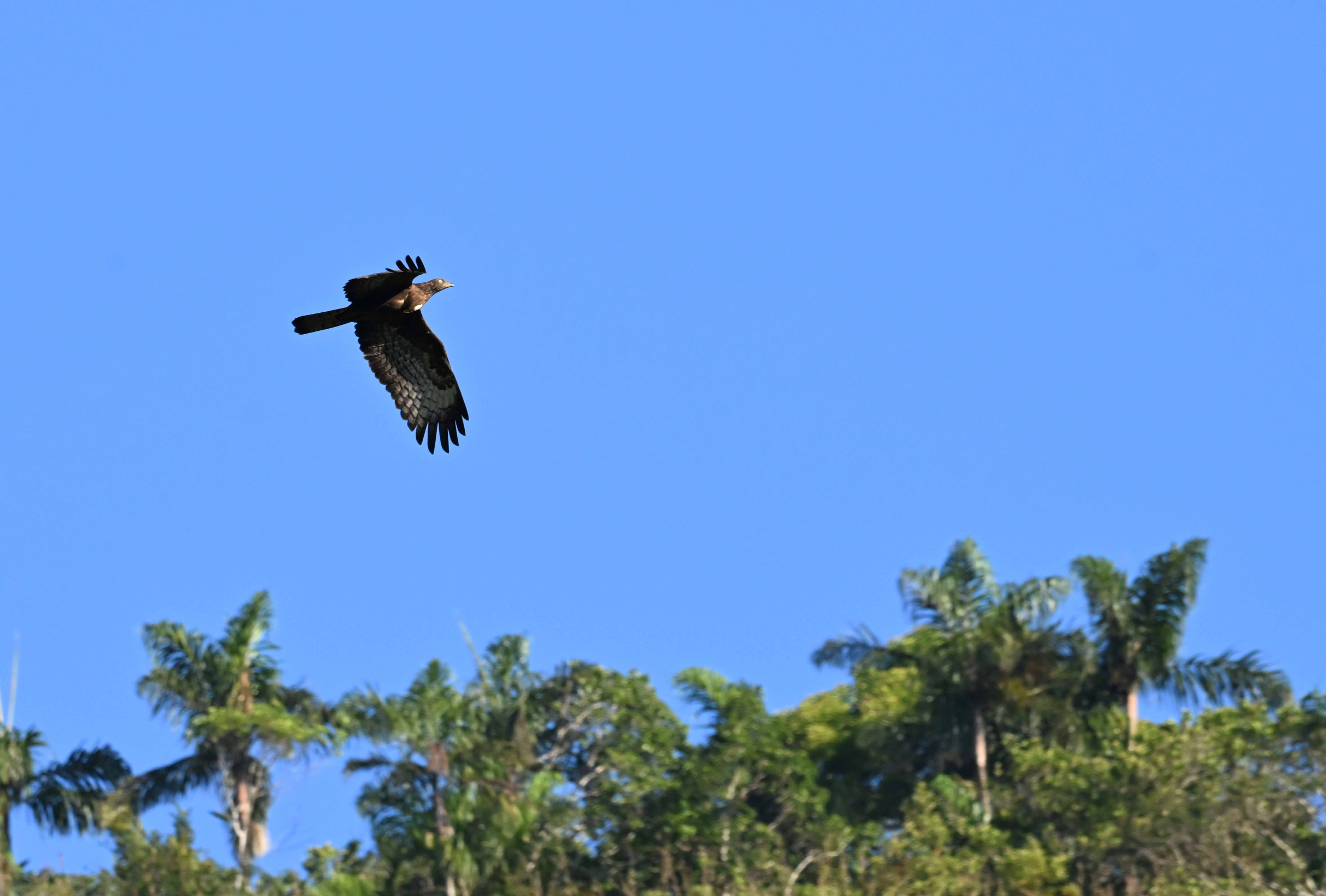
Rethinking What Biodiversity Looks Like
What this study shows us is that biodiversity isn’t always loud or obvious. A true picture of biodiversity includes the silent amphibians that indicate water quality, the butterflies that pollinate flowers, the reptiles that control pest populations, and the moths that feed nocturnal species.
Many of these creatures go unseen, either because they are small, camouflaged, or simply active at times when humans are not. But they are no less important. Their presence (or absence) tells us about the health of an ecosystem.
It’s a reminder that biodiversity is not limited to untouched wilderness. It can thrive in places like tea estates, or even managed lands like the landscaped garden at your own home, provided that these landscapes are nurtured with ecological sensitivity.
Photo credits: Sanoj Wijayasekara (SW), Rukmal Ratnayake (RR)Tharindu Ranasinghe (TR) and Nuwan Chathuranga (NC) , Narmadha Dangampola (ND)

